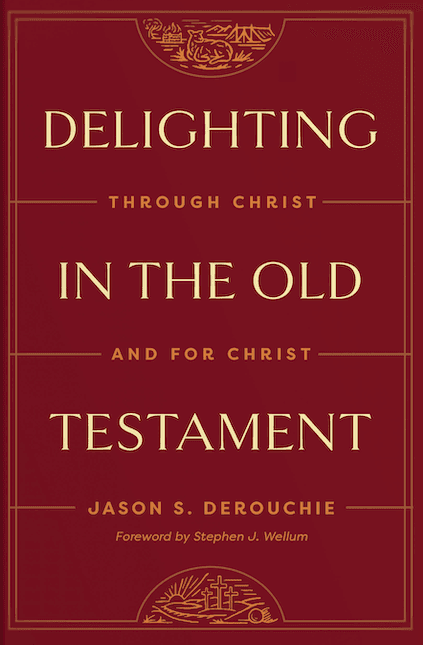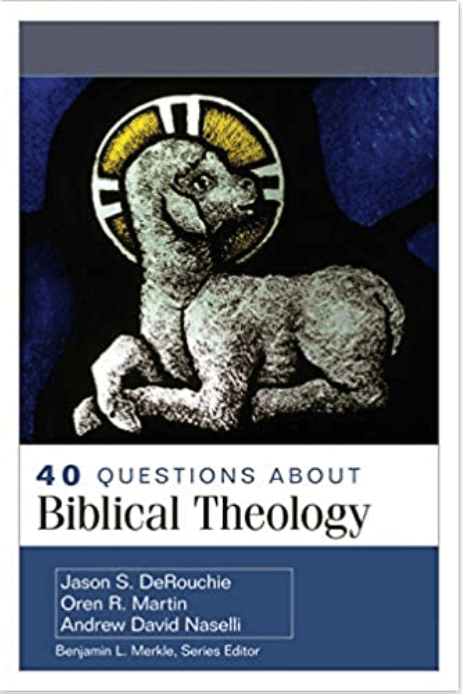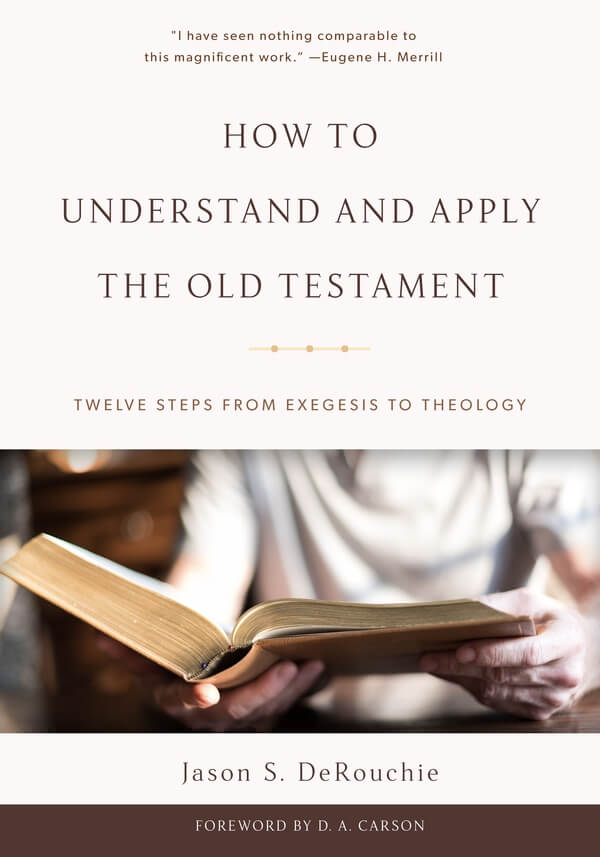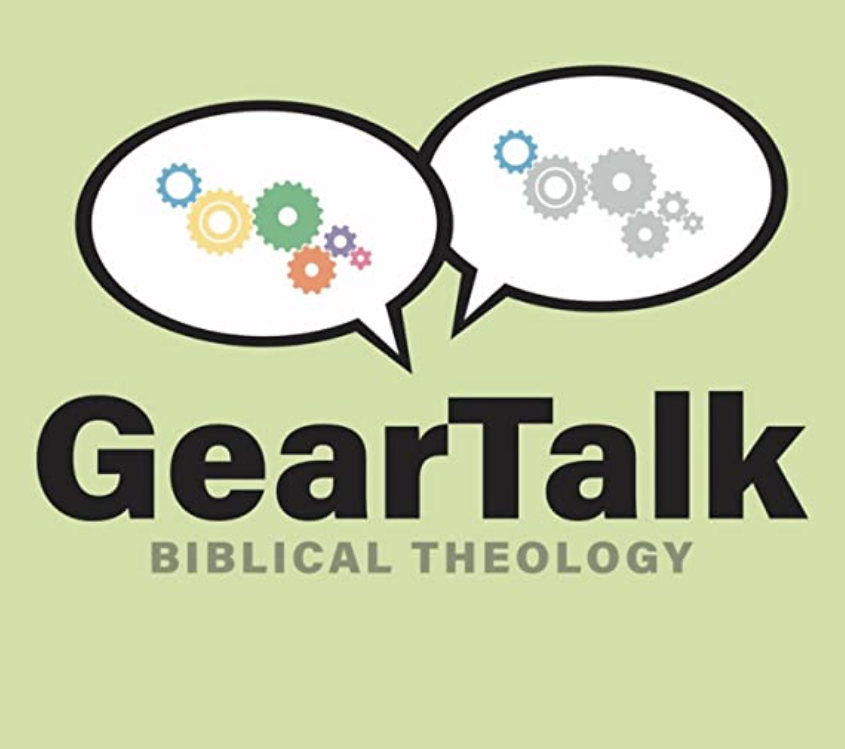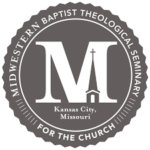Proclaiming the Kingdom
Blog
Follow Jason DeRouchie
Proverbs, Part 1
JY: Welcome to GearTalk, a podcast on Biblical Theology. We're continuing our series on books connected to Solomon. Today, Jason and Tom consider the book of Proverbs. We consider a general outline of the book, talk about the audience the words and Proverbs were...

The Link Between Chronicles and Psalms
JY: Welcome to GearTalk, a podcast on Biblical Theology. Today, we consider the connection between Chronicles and Psalms. More specifically, Jason and Tom interview Lance Kramer regarding his research demonstrating a connection that ties these two books together....

Song of Songs, Part 2
JY: Welcome to GearTalk, a podcast on Biblical Theology. We've been focusing on books connected to Solomon. Today we're in our second week in the Song of Songs. Jason and Tom are in San Diego and happen to run into Miles Van Pelt, a scholar just completing work on...
Song of Songs, Part 1
JY: Welcome to GearTalk, a podcast on Biblical Theology. We've been focusing on books connected to Solomon. Today, Jason and Tom take a look at the Song of Songs. There are at least four different ways this book has been interpreted. We talk about these different...
Pursing Maturity with God’s Help: A Sermon on Hebrews 5:11–6:12
(Audio Download / PDF / SoundCloud) DeRouchie gave this message on 9/22/24 at the Sovereign Joy Baptist Church plant in Liberty, MO. ***** As you find Hebrews 5 in your Bible, I wonder how zealous you are about Jesus and about pursuing his ways. Would your spouse or...

Life Under the Sun: Ecclesiastes, Part 2

Life Under the Sun: Ecclesiastes, Part 1
JY: Welcome to GearTalk, a podcast on Biblical Theology. What do we do with the Book of Ecclesiastes? Are these the words of a pessimist? How can a book like this bring help to the followers of Jesus? Today, Jason and Tom talk about this remarkable book, and the great...
Solomon’s Writings Part One
JY: Welcome to GearTalk, a podcast on Biblical Theology. Today Tom and Jason begin looking at biblical writings connected to Solomon. He is a complicated figure, and this can make interpreting the things he has written challenging. How should we think about Solomon as...

Three Continents Talk about Luke’s Use of Isaiah
JY: Welcome to GearTalk, a podcast on biblical theology. Today we are playing an interview originally recorded on November 17th, 2023 in San Antonio, Texas. This interview features four men from three continents, talking about Luke's not-so-subtle use of Isaiah when...

The Eschatological King and His People in Book One of the Psalms: Part 2
About Jason S. DeRouchie
Dr. Jason DeRouchie (PhD, The Southern Baptist Theological Seminary) is a churchman and a passionate teacher driven to exalt Jesus from the Old Testament and to help Christians better grasp why the initial three-fourths of the Bible matters for Christians. He is Research Professor of Old Testament and Biblical Theology and Rich and Judy Hastings Endowed Chair of Old Testament Studies at Midwestern Baptist Theological Seminary in Kansas City, Missouri. He also serves as Content Developer and Global Trainer with Hands to the Plow Ministries and as a pastor of Sovereign Joy Baptist Church in the northland of Kansas City, MO.

